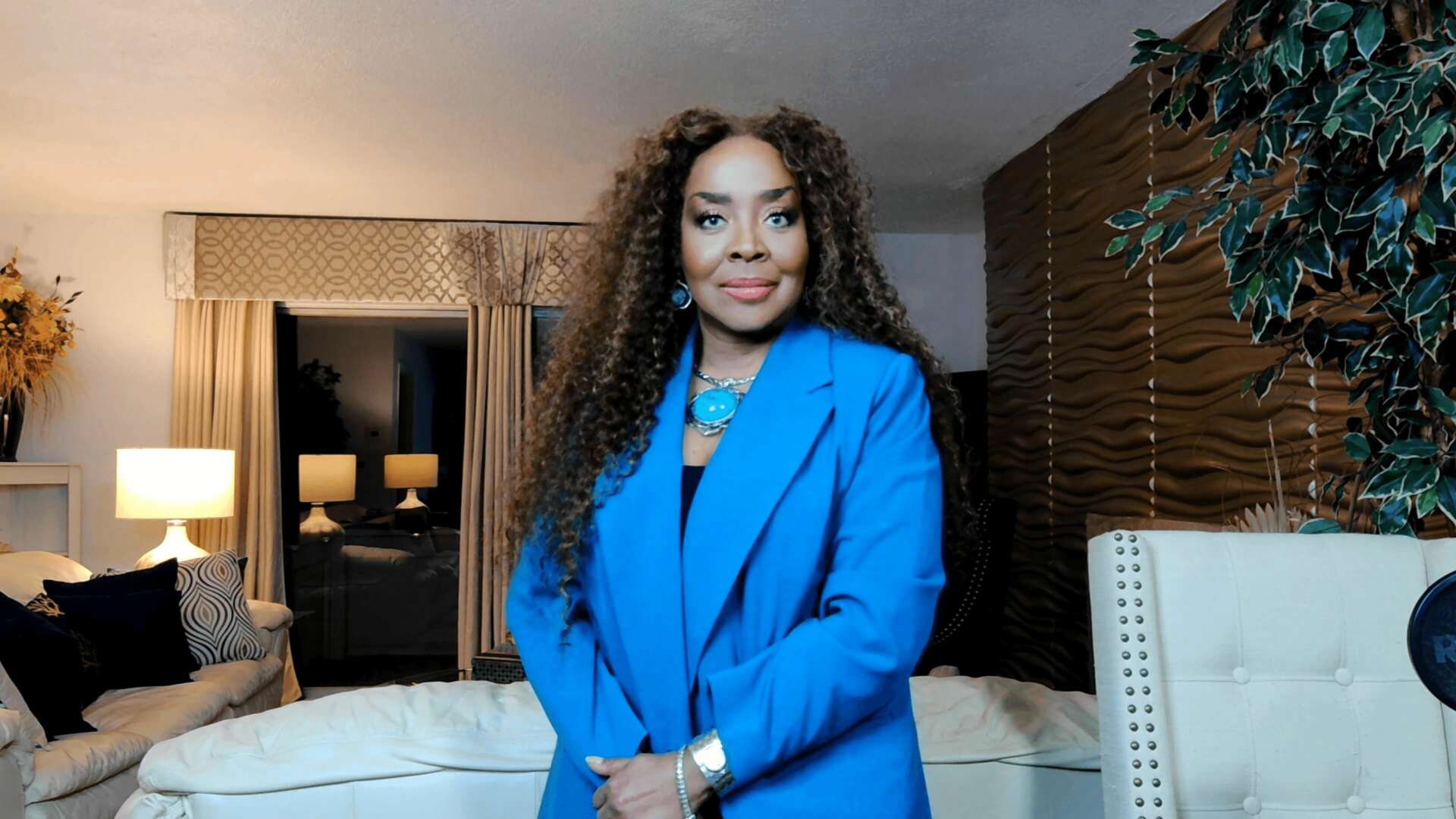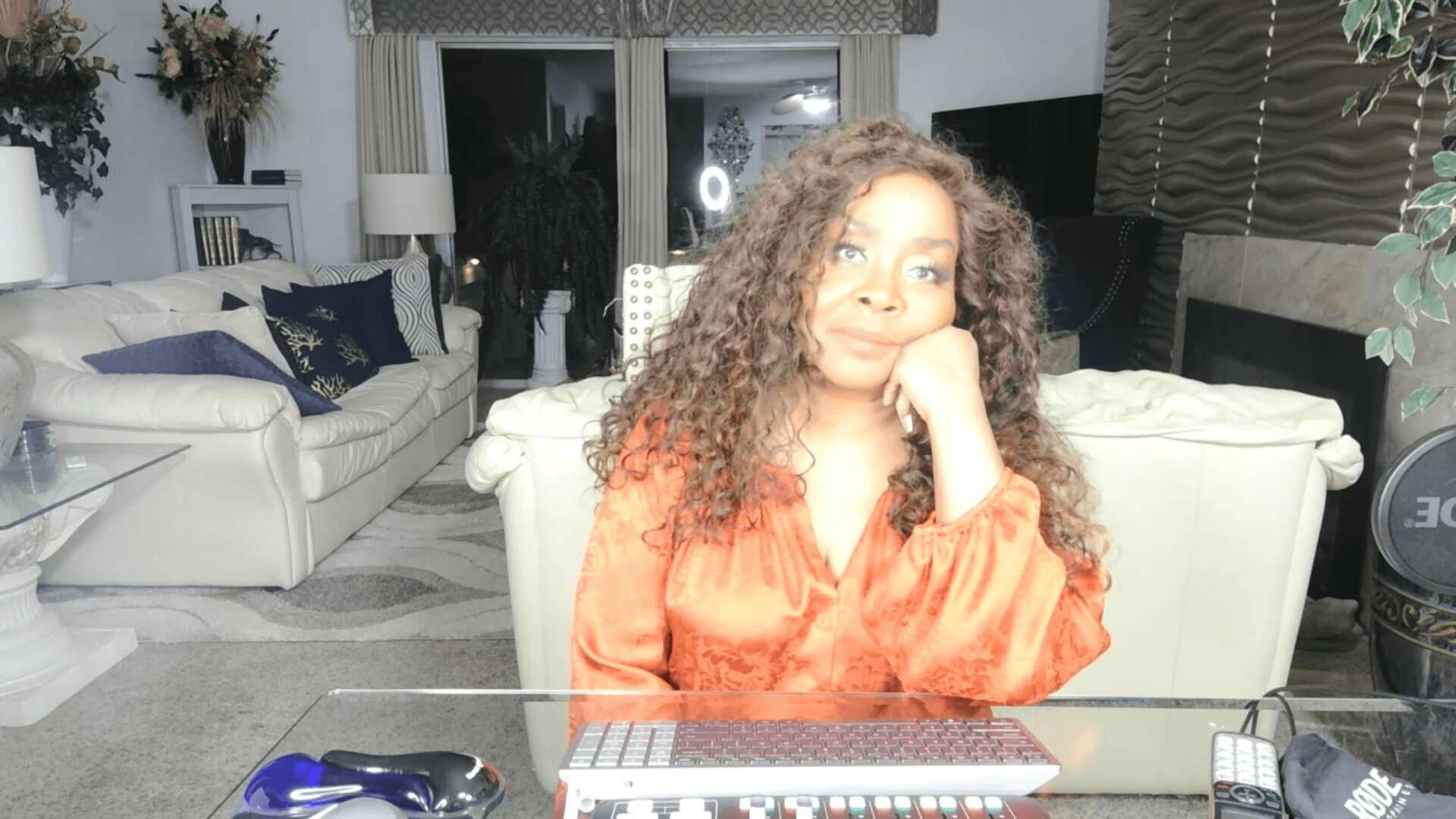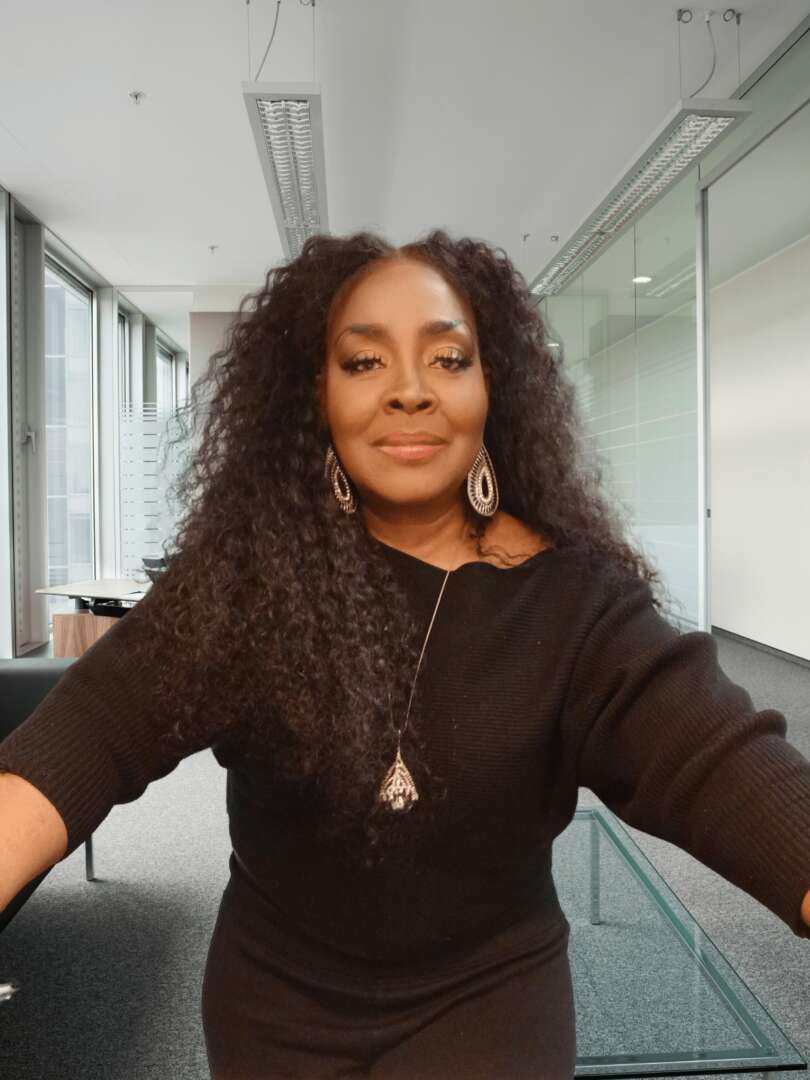We recently connected with Dr. Linda F. Williams, Dsw and have shared our conversation below.
Hi Dr. Linda F., thanks for joining us today. So let’s jump to your mission – what’s the backstory behind how you developed the mission that drives your brand?
Stuffing trauma from domestic violence, sexual assault, and divorce nearly destroyed my life and career. After decades of abusive and toxic relationships, stifled professional growth, and financial devastation, I was forced to face the dysfunction that ruled my life. During the seven years of writing the book, “Whose Apple is it, Anyway,” I began to heal deep-seated wounds. See, we are considered survivors as long as we endure. But I’ve learned what it takes to thrive beyond surviving abuse and trauma. We can’t rewind our lives and undo the pain we endured. We can, however, take revenge by making it count. We do that by flipping the script on the past we can’t change and then start rewriting our lives from the empowering perspectives of vision and purpose.
My mission as a life coach is to take survivors of abuse and trauma from pain to purpose as they take back their power, lean into the truth of who they are, and live their best lives by learning how to thrive instead of simply surviving after abuse and trauma. My mission as an executive coach and consultant is to facilitate trauma-resilient and trauma-informed organizations through coaching, consulting, and speaking. Because Employees are fighting a silent battle about which nobody knows.

As always, we appreciate you sharing your insights and we’ve got a few more questions for you, but before we get to all of that can you take a minute to introduce yourself and give our readers some of your back background and context?
My business origin story goes back to a clueless 20-something starting my career with the federal government. That was in the late 1970s and early 1980s when, as someone once said, “It took an act of Congress to fire you.” It worked in my favor because, as clueless as I was professionally, I had even less awareness of how my trauma was at odds with my professional goals. At that time, I was fresh out of a life-threatening domestic violence situation, separated from my two children (ages two years and 6-months old), and in survival mode after a life-altering sexual assault. I spent a lot of time fighting disciplinary actions perpetuated by an emotional breakdown, multiple hospitalizations, and out-of-state court appearances. I was a flaming hot mess with a chip on my shoulder that everybody saw but me. It wasn’t pretty. But a few key people saw past all that to the potential I couldn’t see. Fast forward 37 years. I’ve written a book, started a company, retired from the federal government, and earned a doctorate. At that point, the question became, “Now what?
As a life and executive coach, I’m a fellow survivor. My lived experience fosters unique insight, understanding, and a non-judgmental approach to my coaching. After fighting it for a few years, I leaned into the past I couldn’t change by educating others about the covert erosion perpetuated by trauma in all aspects of their lives. It’s covert because nobody’s talking about it. I stuffed it for decades. It didn’t serve me well.
Many coaching models allow for pointing out client resistance to goal achievement while holding the client accountable to the goal. What differentiates Whose Apple Dynamic from others is that our methods are intrinsic and address the deeper causes of success-blocking mindsets. It cuts to and eliminates the core causes of limiting mindsets. We never engage in symptom-chasing so our clients don’t have to fight the same mindset challenges repeatedly. Instead, they spend that time enjoying meaningful and fulfilling personal and professional lives.
As a business consultant, my background as a labor-management leader and my psychotherapy training inform a between-the-lines perspective that sees what is not being acknowledged—what’s not being said. Leaders need to know when employees need support versus disciplinary action. They can intervene at critical points to support employees through these challenges.
My background allows me to recognize when dissociation or dysregulation is causing change resistance. It’s not always a lack of commitment on the client’s part. And, because I’m trained in advanced psychotherapy, I help clients understand what’s stopping them from thriving after abuse and trauma. It all converges into a unique ability to address trauma resilience from an individual and an organizational perspective.

Can you share a story from your journey that illustrates your resilience?
I am a survivor of domestic violence, sexual assault, homelessness, several emotional breakdowns, cancer, and a 17-year marriage to a man later convicted as a rapist. It was hiding a sexual assault for 30 years that perpetuated a covert self-loathing that led me through a cycle of toxic relationships. I lived in survival mode for decades before the 7-years of writing “Whose Apple is it, anyway” helped me shed multiple layers of deep-seated shame, fear, anger, and sadness.

We often hear about learning lessons – but just as important is unlearning lessons. Have you ever had to unlearn a lesson?
I learned that the stories we think are too true to tell become the scripts by which we live our lives. We have all kinds of stories. We have stories we don’t tell, stories we half-tell, and stories we’ve hidden so deeply that we’ve forgotten them. The more we stuff these truths, the more they twist us out of who we truly are—like that rape I endured. The assault for which I falsely blamed myself. Thirty years of shame and a sense of false responsibility wouldn’t allow me to tell that story—straight up, no chaser. I was constantly ducking and dodging questions and half-telling it because I had a you-made-your-bed-so-lie-in-it mentality.
It took my telling the story exactly as it happened that led someone to ask me a question that had never crossed my mind, “Did you go to the doctor?” My kneejerk response was, “Why would I go to the doctor and tell him what a stupid mistake I’d made?” For 30 years, it never crossed my mind that getting sodomized to the point of bleeding should be followed by seeing a doctor. After a few weeks, they told me I needed to let the perpetrator own the wrong I endured – a simple statement. But it was an epiphany for me. I let go of the shame of thinking I deserved it because I made the mistake of befriending the wrong person. My responsibility began and ended with letting him into my place. I didn’t ask to be violated, and I had no clue he was a rapist. That day, I broke free from the 30-year grip that man had on me.
Contact Info:
- Website: https://www.lindafwilliams.com I https://www.whoseapple.org
- Instagram: https://www.instagram.com/drlindafwilliams/
- Facebook: https://www.facebook.com/LindaFWilliamsDSW/
- Linkedin: https://www.linkedin.com/in/lindafwilliams/
- Twitter: https://x.com/whoseapple
- Youtube: https://www.youtube.com/@drlindafwilliams
- Other: Podcast: https://open.spotify.com/show/4Qqj2HEhqFPnOOpLMZ61rh

Image Credits
Dr. Linda F. Williams, DSW


